Author: Jason Cipriani
Developed in 2008 by CLS Farms of the beautiful Moxee Valley of Washington State, El Dorado was released to the public in 2010 and quickly drew fanfare for its ability to impart beers with pungent notes of tropical fruit with hints of watermelon and stone fruit. It also packs a bittering punch with its high alpha acid content, making El Dorado an appealing dual-purpose variety for brewers of modern hop forward beers.
Alpha: 13 – 17%
Beta: 7 – 8%
Cohumulone: 28 – 33% of alpha acids
Total Oil: 2.5 – 3.3 mL/100g
Myrcene: 55 – 60%
Humulene: 10 – 15%
Caryophyllene: 6 – 8%
Farnesene: 0.1%
Linalool: unknown
Geraniol: unknown
ß-Pinene: unknown
Parentage: ???
El Dorado is a hop I hadn’t used in my own brewing, but I’ve had plenty of commercial beers made with it including a particularly delicious IPA from Florence Brewing hopped entirely with this novel variety. With as much as I enjoyed this and other similarly hopped craft examples, I was excited to see what blind tasters would think of beer I made using only El Dorado!
| MAKING THE BEER |
The recipe for this beer was designed specifically for The Hop Chronicles with an easy drinking grist and copious amounts of El Dorado hops.
El Dorado Pale Ale
Recipe Details
| Batch Size | Boil Time | IBU | SRM | Est. OG | Est. FG | ABV |
|---|---|---|---|---|---|---|
| 5.5 gal | 60 min | 42.1 IBUs | 3.5 SRM | 1.050 | 1.012 | 4.9 % |
| Actuals | 1.05 | 1.008 | 5.5 % | |||
Fermentables
| Name | Amount | % |
|---|---|---|
| Pale Malt, 2-Row (Rahr) | 10 lbs | 90.91 |
| Vienna Malt (Briess) | 1 lbs | 9.09 |
Hops
| Name | Amount | Time | Use | Form | Alpha % |
|---|---|---|---|---|---|
| El Dorado | 10 g | 60 min | Boil | Pellet | 14.4 |
| El Dorado | 20 g | 15 min | Boil | Pellet | 14.4 |
| El Dorado | 60 g | 2 min | Boil | Pellet | 14.4 |
| El Dorado | 80 g | 3 days | Dry Hop | Pellet | 14.4 |
Yeast
| Name | Lab | Attenuation | Temperature |
|---|---|---|---|
| Flagship (A07) | Imperial Yeast | 75% | 60°F - 72°F |
Notes
| Water Profile: Yellow Bitter in Bru’n Water Spreadsheet |
Download
| Download this recipe's BeerXML file |
The night prior to brewing, I collected my brewing water then weighed out and crushed my grains.
Having set my Grainfather to turn on while I was still asleep, I awoke to perfectly heated to strike water and immediately mashed in to hit my target mash temperature.
A pH reading about 15 minutes into the mash confirmed my water chemistry adjustments were adequate.
Following the 60 minute saccharification rest, I removed the grains and proceeded to sparge with the recommended volume of water.
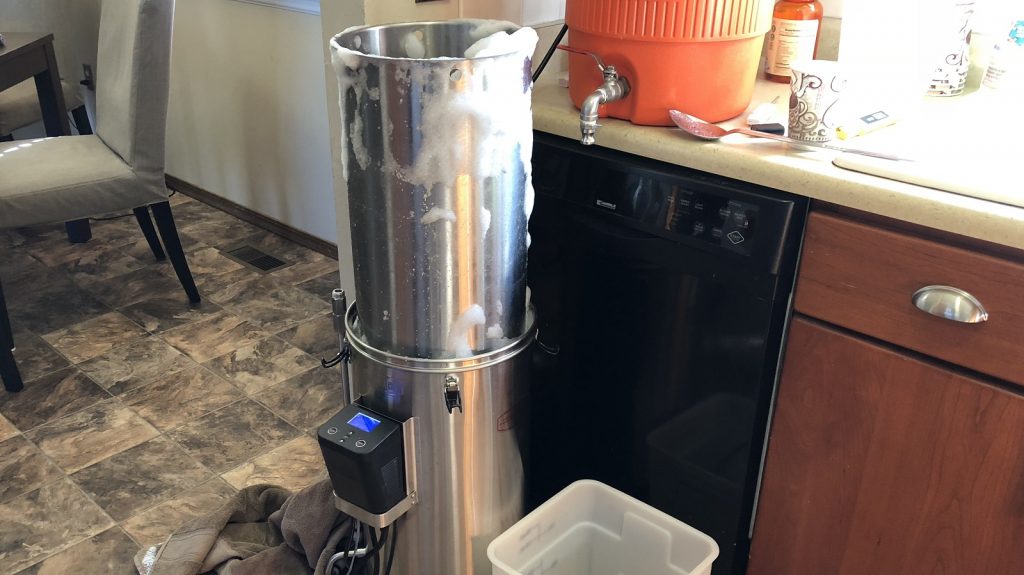
The wort was boiled for 60 minutes with El Dorado hops added per the recipe.
With the boil complete, I ran the wort through my CFC directly into a sanitized fermentation vessel.
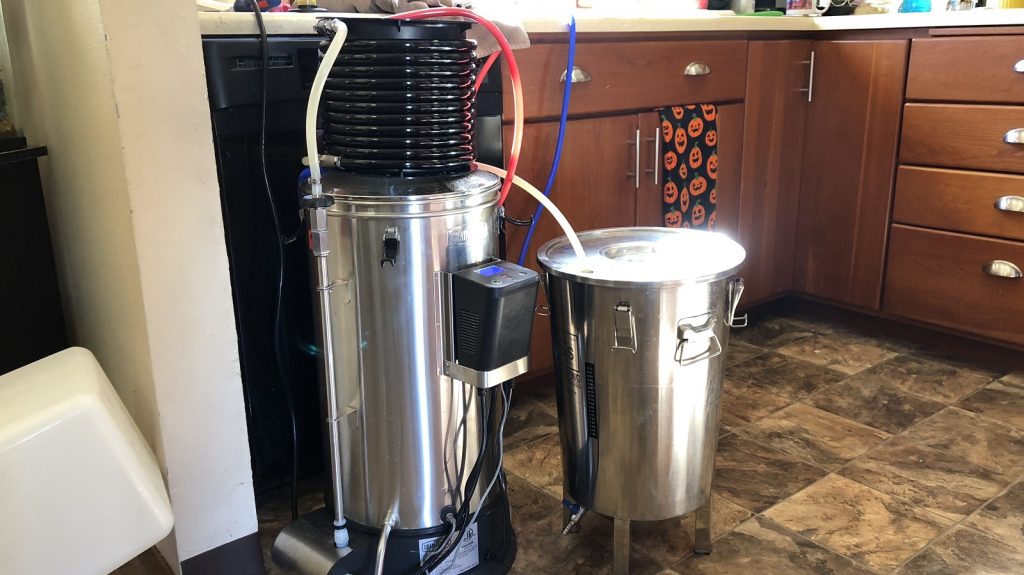
I took a hydrometer measurement at this point showing a respectable OG for a Pale Ale.
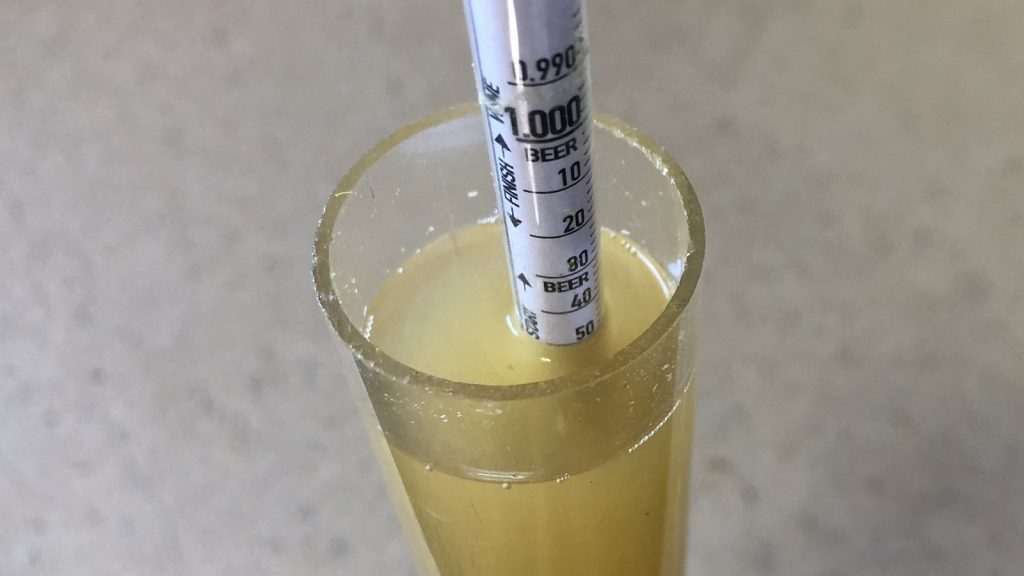
After placing the Brew Bucket in my chamber set to my desired fermentation temperature of 66°F/19°C, I collected some remnant wort in a flask and pitched a pack of Imperial Yeast A01 Flagship for a vitality starter. When I returned to pitch the yeast 4 hours later, I was pleased to see it was already showing signs of activity.
I checked on the beer first thing the next morning and noticed airlock activity indicating fermentation had begun. When airlock activity was slowing down 4 days later, I raised the fermentation chamber temperature to 72˚F/23˚C to encourage complete attenuation. I took a hydrometer measurement 3 days later showing FG had been reached.
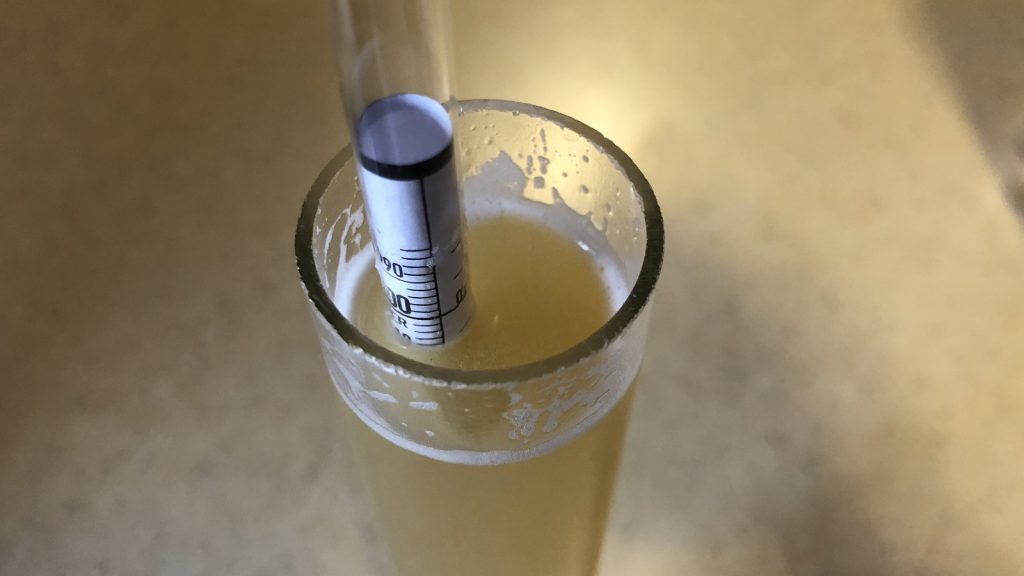
At this point, I weighed out and added the dry hop charge.
After 5 days on the dry hops, I proceeded with cold crashing, fining with gelatin, and kegging the beer.
The filled keg was placed in my keezer and the beer was burst carbonated overnight before I reduced the gas to serving pressure. After a few more days of conditioning, it was clear, carbonated, and ready to serve.
| METHOD |
Participants were instructed to focus only on the aromatic qualities of the beer before evaluating the flavor. For each aroma and flavor descriptor, tasters were asked to write-in the perceived strength of that particular characteristic on a 0-9 scale where a rating of 0 meant they did not perceive the character at all and a rating of 9 meant the character was extremely strong. Once the data was collected, the average rating of each aroma and flavor descriptor was compiled and analyzed.
| RESULTS |
A total of 24 people participated in the evaluation of this beer, all blind to the hop variety used until after they completed the survey. The average aroma and flavor ratings for each descriptor were plotted on a radar graph.
Average Ratings of Aroma and Flavor Perceptions
The 3 characteristics endorsed as being most prominent by participants:
| Aroma | Flavor |
| Tropical Fruit | Citrus |
| Citrus | Tropical Fruit |
| Floral | Floral |
The 3 characteristics endorsed as being least prominent by participants:
| Aroma | Flavor |
| Onion/Garlic | Onion/Garlic |
| Dank/Catty | Grassy |
| Grassy | Dank/Catty & Earthy/Woody (tie) |
Participants were then asked to rate the pungency of the overall hop character.
Next, they were instructed to identify beer styles they thought the hop would work well in.
Finally, tasters were asked to rate how much they enjoyed the hop character on a 1 to 10 scale.
My Impressions: Based on my experience with commercial beers hopped with El Dorado, I expected my single hopped Pale Ale to scream citrus and tropical fruit. Those characteristics were certainly present, though I perceived a fairly strong aroma of freshly sliced watermelon with more tropical fruit coming through in the flavor. I also noticed that as the beer warmed, a pleasant note of lemon would come through. All in all, I’ve enjoyed each and every pint of this El Dorado Pale Ale.
| CONCLUSION |
With descriptors like tropical fruit, citrus, and stone fruit, it’s not surprising El Dorado hops have received so much attention since hitting the scene in 2010, as such fruity characteristics are all the rage these days. The ratings of blind participants of a Pale Ale hopped only with El Dorado definitely corroborate existing descriptors, with tropical fruit and citrus noted as the most pungent characteristics in both aroma and flavor. While this is inline with other popular hops, El Dorado didn’t seem to pack as much of a punch as varieties like Citra and Mosaic, with most tasters rating the overall pungency as mild to moderate.
That’s not to say El Dorado is a hop that can’t shine through on its own. In fact, when talking with tasters after completing the survey, the general feedback was that it made for a totally crushable Pale Ale even for those who aren’t huge fans of hoppy beers. In addition to the very pleasant aromas and flavors it imparted, using El Dorado as an early kettle addition for bittering didn’t lead to a notable sharp bitterness, in fact it was quite the opposite. I thought this was interesting considering El Dorado’s cohumulone levels are similar to hops noted for imparting a more harsh bitterness like Chinook.
After this very positive first experience brewing with El Dorado, I’m excited to see how it plays when used in varying doses for styles like Blonde Ale or American Wheat. I’ve heard that some people perceive a hard candy flavor from El Dorado, which I totally get, only instead of leaving a nasty film in my mouth, it leaves me wanting more.
El Dorado Hops are available in various package sizes in both pellets and whole cone at Yakima Valley Hops, get them while you can! If you have any thoughts on El Dorado hops, please feel free to share them in the comments section below.
Support for The Hop Chronicles comes from Yakima Valley Hops, suppliers of over 40 varieties of hops ranging from classics like Saaz and Cascade to yet-to-be-named experimental options fresh from the source. Offering great prices with reasonable shipping, consider Yakima Valley Hops for your next hop purchase.
Support Brülosophy In Style!
All designs are available in various colors and sizes on Amazon!
Follow Brülosophy on:
FACEBOOK | TWITTER | INSTAGRAM
If you enjoy this stuff and feel compelled to support Brulosophy.com, please check out the Support Us page for details on how you can very easily do so. Thanks!


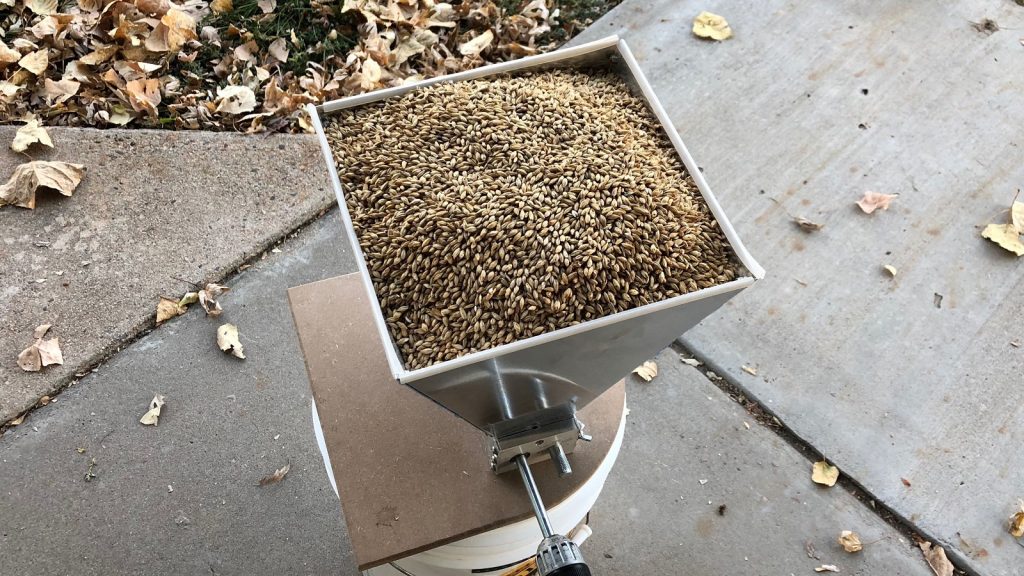
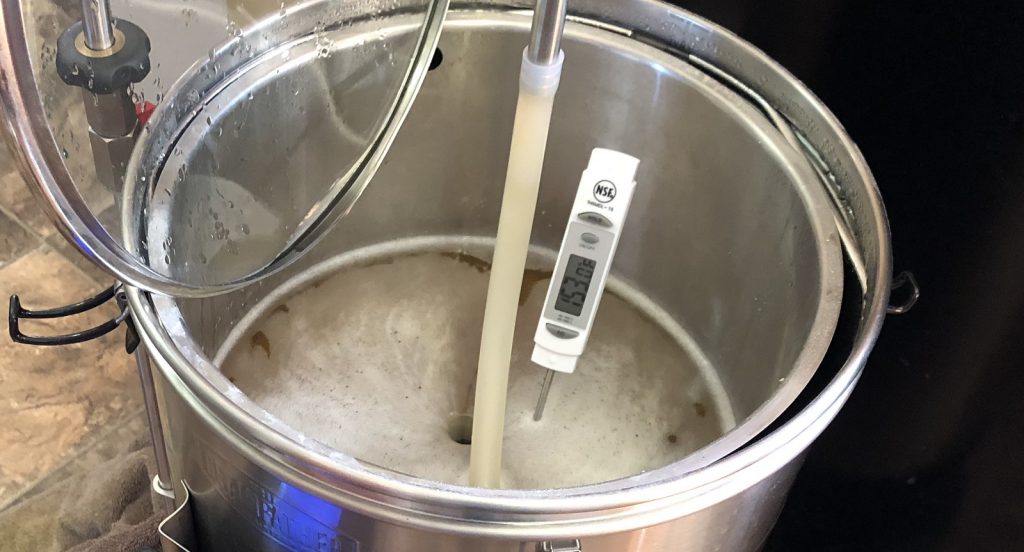
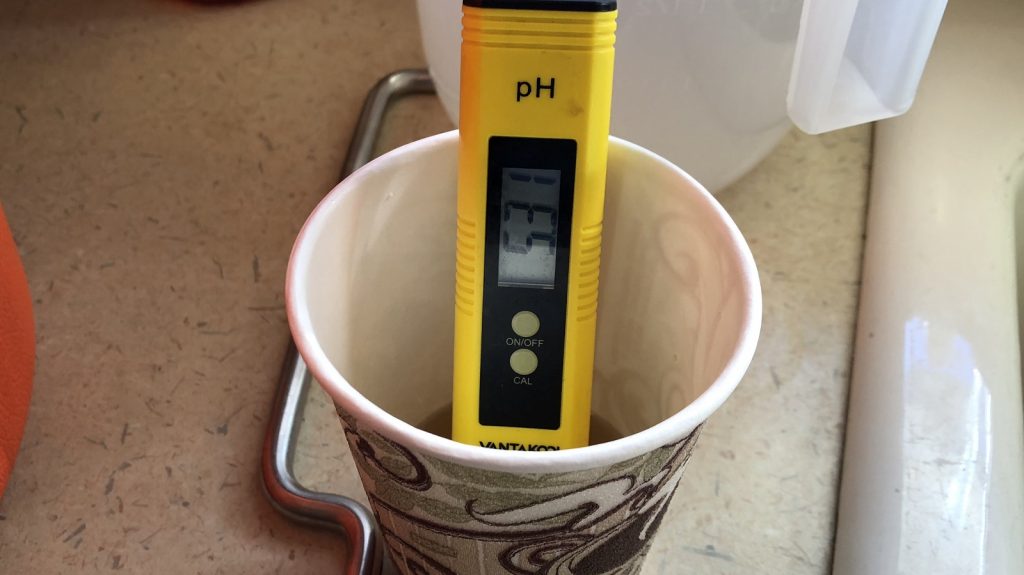
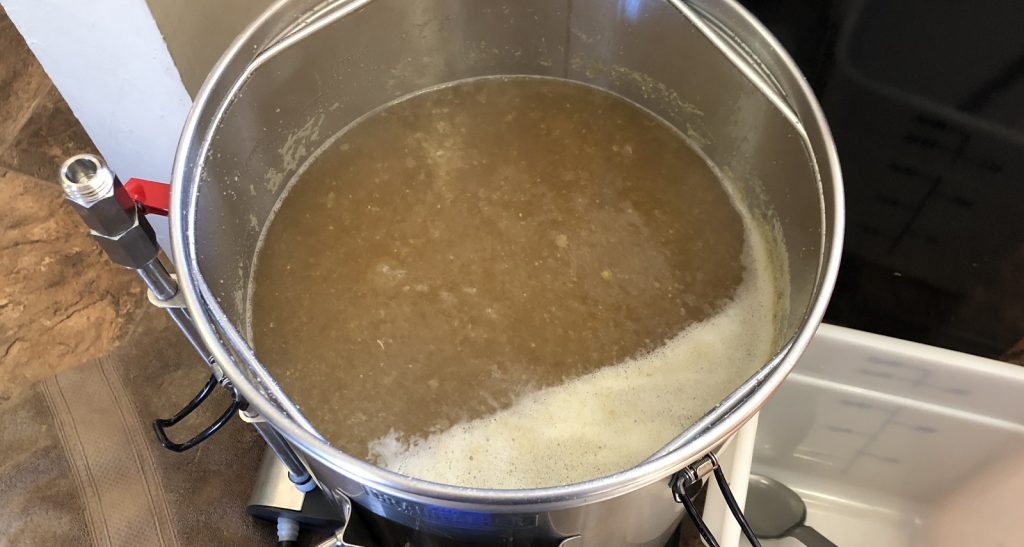
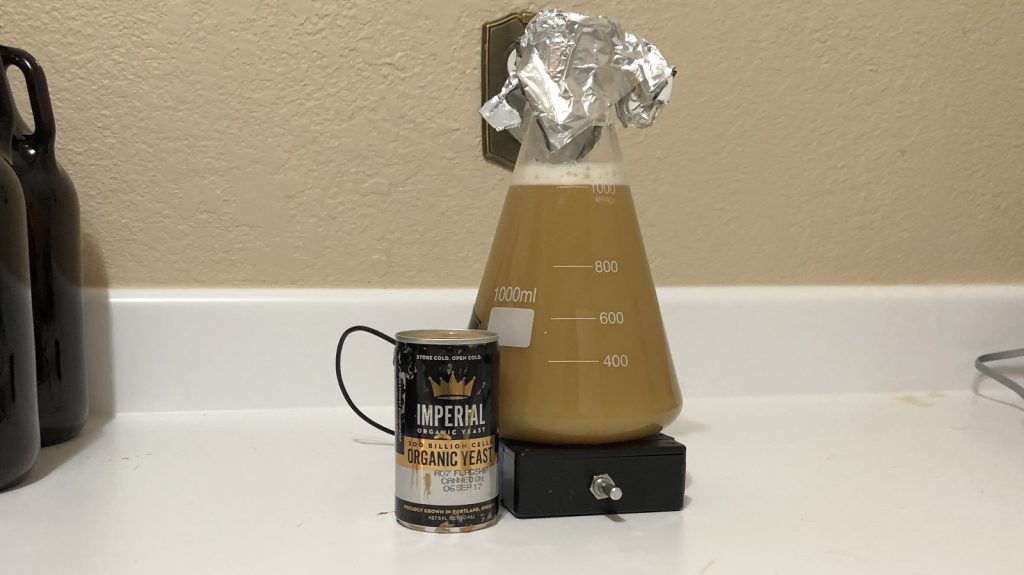
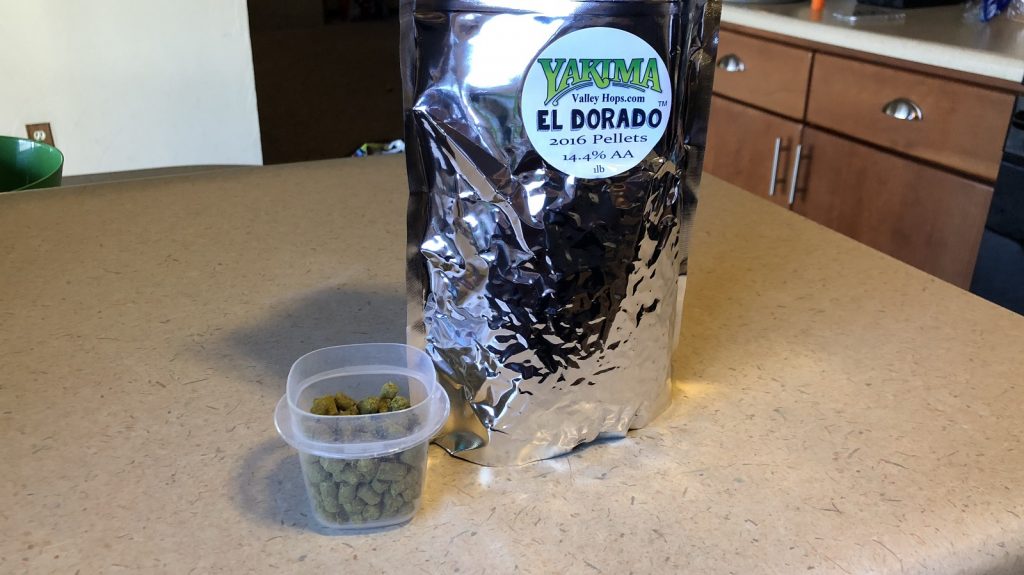
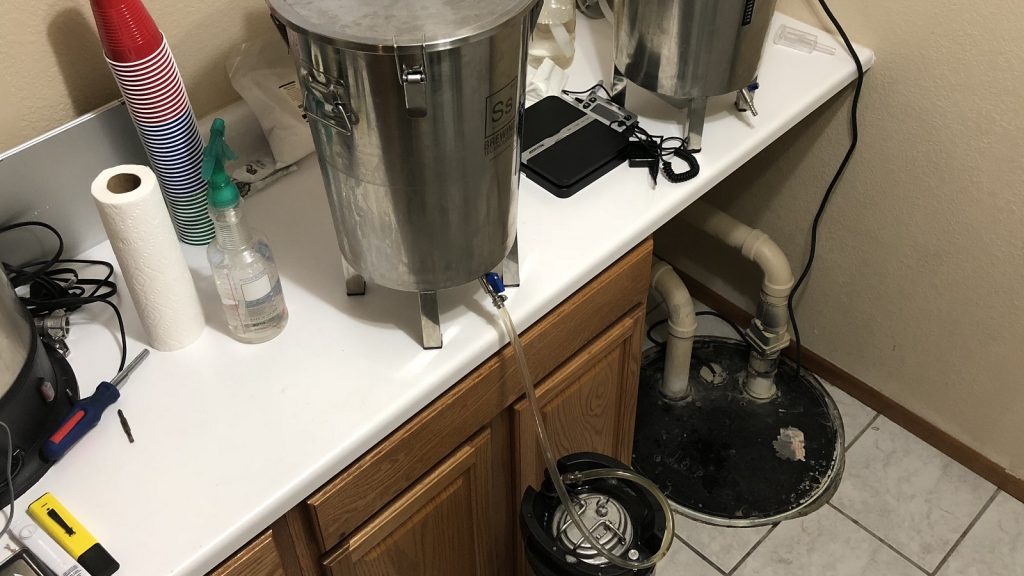
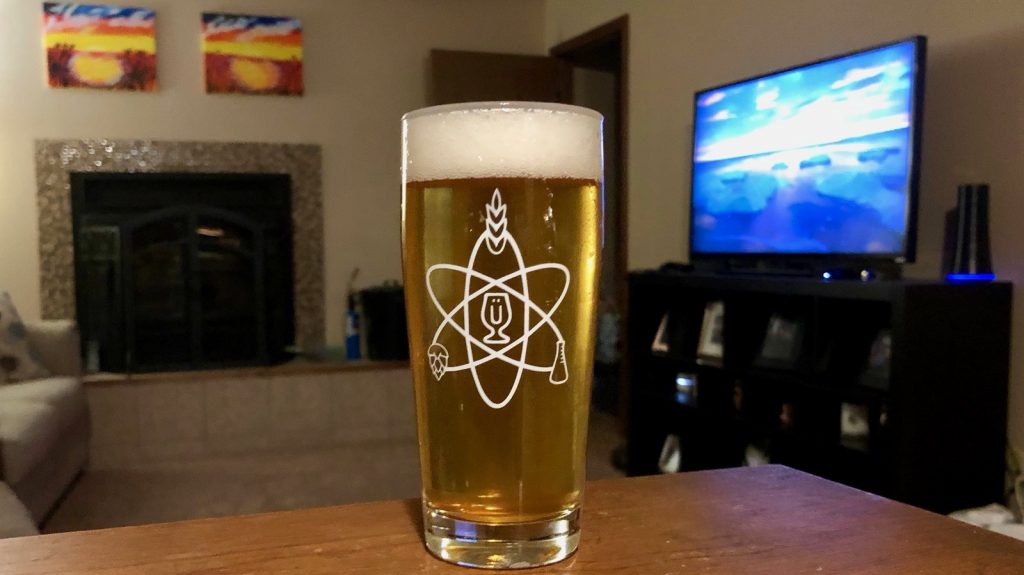

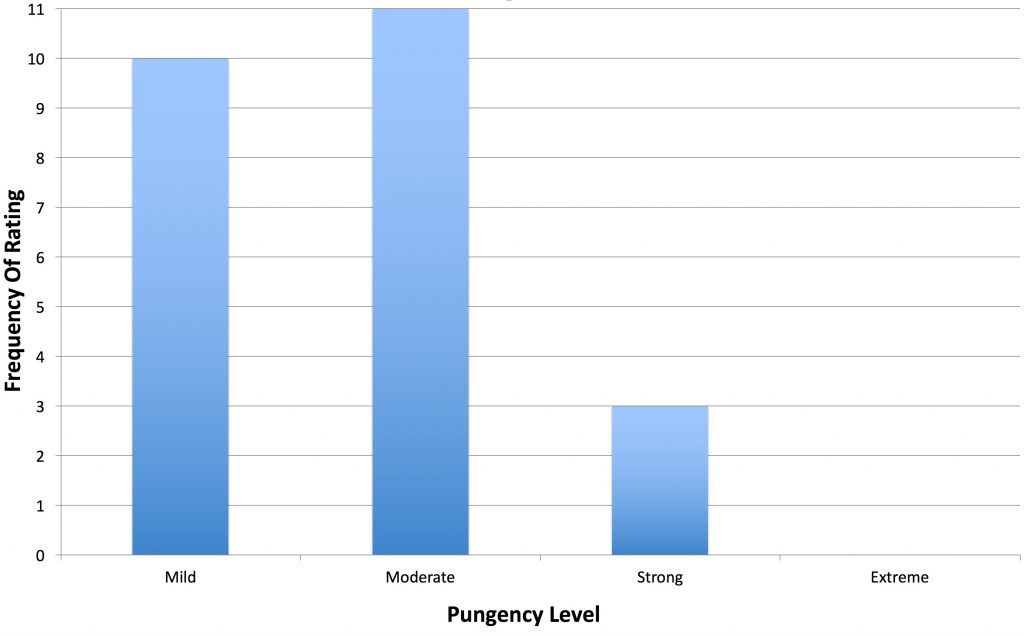
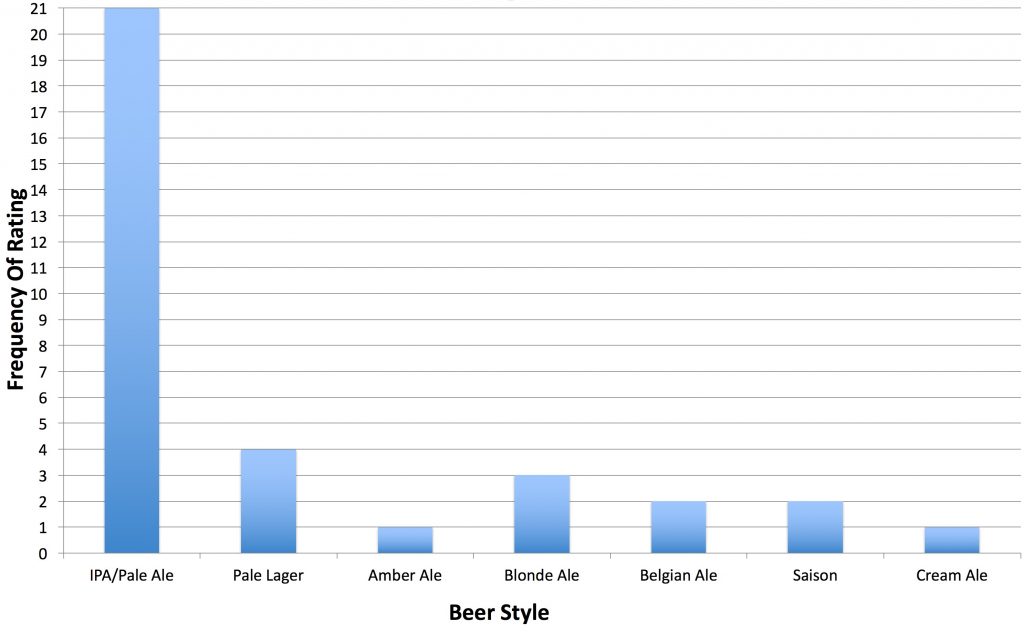
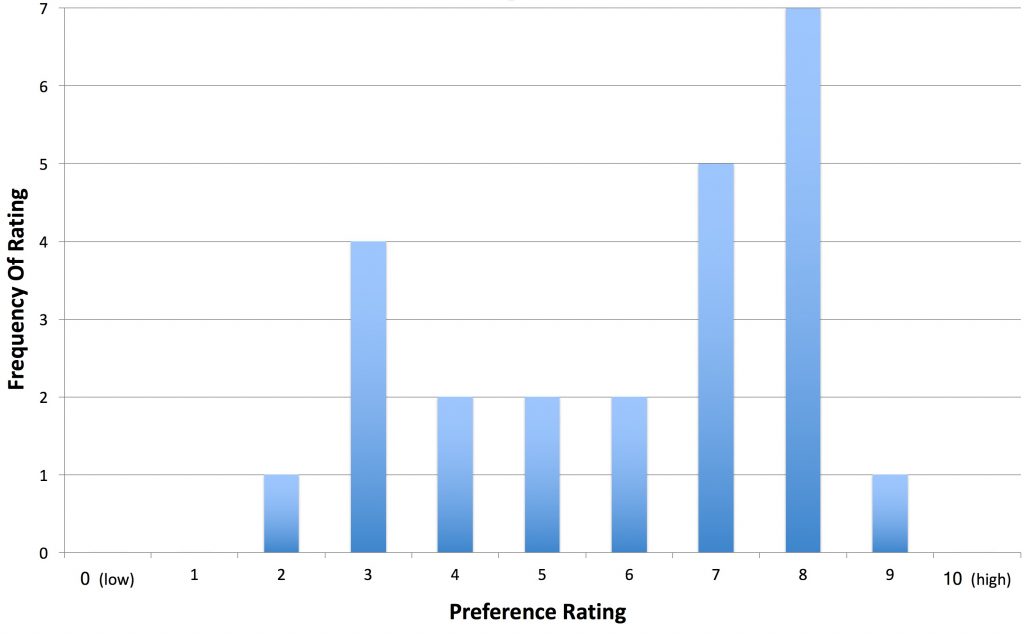











18 thoughts on “The Hop Chronicles | El Dorado (2016) Pale Ale”
Hi Marshall, thanks for these hop articles. I really appreciate them.
I’ve noticed that your hop addition quantities and timing vary a little bit from THC to THC. Any insight on how you decide when you’re going to add the hops and how much you’re going to add at each addition?
I’ve been doing something similar at home and I’m trying to nail down a kind of “standard” hop schedule. Thanks in advance!
Sorry, Jason, this question is for you. I could have swore that the post said Marshall was the author this morning.
Haha.
With our THC beers we typically shoot for 30-40 IBU, which accounts for the varying amounts. As for timing, I like what Marshall and the guys have been using for THC beers, so I’m going to use it for the time being, a nice bigger addition. And two late flavor/aroma additions. Solid.
That may change at some point, but works for now.
My latest is also an El Dorado IPA. Except I put in Simcoe to partner with it. Has a tropical melon like flavor. I dig it. I put 2 ozs of each hop in dry hop and keg hops. Delicious. It’s not very strong by itself so I tend to load up on it.
Grain bill is 10 lb two row, 1/2 lb of vienna, 1/2 lb of munich or victory and 1/2 lb of oats.
Sounds delicious. Cheers!
“Water Profile: Yellow Bitter in Bru’n Water Spreadsheet”
IMO … Brülosophy continues doing a disservice to their readers by using obsolete Bru’n Water profiles. Significant changes have been made to the recommended salt and mineral levels.
A disservice? I don’t see it. Though I suppose you are welcome to your opinion. It’s not like it’s an article on water adjustments or on highlighting an award winning recipe for that matter. As the reader I see Yellow Bitter in Bru’n water and I think to myself that I’ve never heard of that, so I google it and research it on my own and learn all about it. To me they provide just the right amount of information. If the article were any longer to provide detail on everything the reader would likely lose interest. Whether current or not it’s up to the reader/brewer to do their homework. These guys have lives, families, and day jobs. I have learned so much from these guys and this site. It’s simply awesome stuff!
Thanks for the kind words!
To me these guys are a breathe of fresh air in a pastime that can get hung up on myths and traditions. They explore and often confirm or refute dogmas and that can only be wonderfully progressive for us all. Thanks guys for the wonderful food (beer) for thought you serve us! 🙂
My thoughts exactly. Well stated Ian.
I get an orange flavor out of it. Love it!
I bought a pound of this hop on sale recently but haven’t dialed in a recipe for it yet. How do you think it might play with 1968 yeast? Thanks for everything you guys do!
I have my second go at using El Dorado, Denali and Motueka in the fermenter now. I’m thinking of bottling next weekend so I can give early teasting results then if wanted. This time I lowered the base malt to get a lower ABV, but my first shot with these hops produced a strawberry like flavor with a subtle “generic” citrus background note. At 9% it was too easy to drink a couple.
I really enjoy these articles and wanted to let you know this write up inspired a recipe for an IPA using El Dorado hops and English yeast (1318). Fermentation is under way…
Have you considered doing hop pairings yet as an extension of this series? The reason I ask is that you now have a nice collection of spider graphs for a variety of hops. Based on some other food science articles I’ve casually read, my hypothesis is that hop pairings with more different flavor/aroma characteristics will make a better IPA than those with similar ones. For example, how would Mosaic + Amarillo (fairly different characteristics) vs Mosaic + Centennial (fairly similar characteristics) compare? Just a thought, keep up the good work!
How did 34 people respond to the style identification question when only 24 people participated in the survey? Seems suspicious
I can understand how it might look odd, but participants are able to write in as many styles as they want that they think the hop would work well with. Of the 24 participants, some provided more than 1 style.
Must have had a jokester or a blind guy write in Amber Ale… that srm isn’t even close to Amber.
Can confirm no one was blind. Can’t confirm if jokester wrote it in.